An international team of scientists has formulated an updated, binary-coded message that could eventually be transmitted to aliens in our galaxy. It’s jam-packed with details, including the chemical makeup of humans, a map of Earth, and even our precise location in the Milky Way. What could possibly go wrong?
The Beacon in the Galaxy (BITG) message, as it’s called, is an update to the Arecibo message of 1974. Indeed, it’s been nearly 50 years since science popularizer Carl Sagan and SETI pioneer Frank Drake crafted their famous message to extraterrestrials, so an update makes a lot of sense, given the many advancements in digital technology since that time. A paper describing the new message was recently uploaded to the arXiv, and it’s currently awaiting peer review.
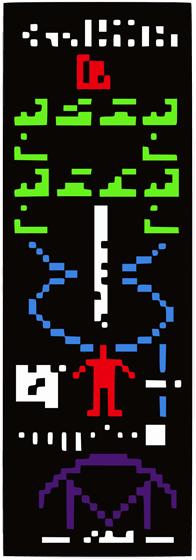
The message begins by conveying basic mathematical and physical concepts to “establish a universal means of communications,” according to the researchers, a team that includes astrophysicist Jonathan Jiang from NASA’s Jet Propulsion Laboratory at the California Institute of Technology. From there, the stream of ones and zeros goes on to describe the biochemical composition of life on Earth, our position in the Milky Way galaxy, and digitised views of our solar system, Earth’s continents, and the human form. An invitation for aliens to respond in kind was also included, among many other elements.
In their paper, Jiang and colleagues also explain the optimal way of transmitting the message and where in the Milky Way we should direct the radio signal. The team proposes that the Five-hundred-metre Aperture Spherical radio Telescope (FAST) in China and the SETI Institute’s Allen Telescope Array in California be used for the task. Institutions involved in the new paper include the SETI Institute, the University of Cambridge, and Beijing Normal University, among others.
BITG is a big step up from the 1974 Arecibo message, which was the first real attempt to make contact with aliens and alert them to our presence. The original message was clear, concise, and straight to the point, but painfully basic by today’s standards. The Arecibo message conveyed the numbers 1 through 10, the atomic values of key elements, a representation of DNA, a human stick figure, a schematic of the solar system (oops, Pluto was shown as a planet), and a rudimentary representation of the Arecibo radio telescope.
Russian scientists did something similar in 1999 and 2003, a series of projects known as the Cosmic Calls. Such efforts to contact aliens are referred to as Active SETI or METI (messages to extraterrestrial intelligence), the latter term having been coined by the late Russian scientist Alexander Zaitsev. A more recent effort came in 2017, when clips from an electronic music festival were sent to a red dwarf some 12.4 light-years away.
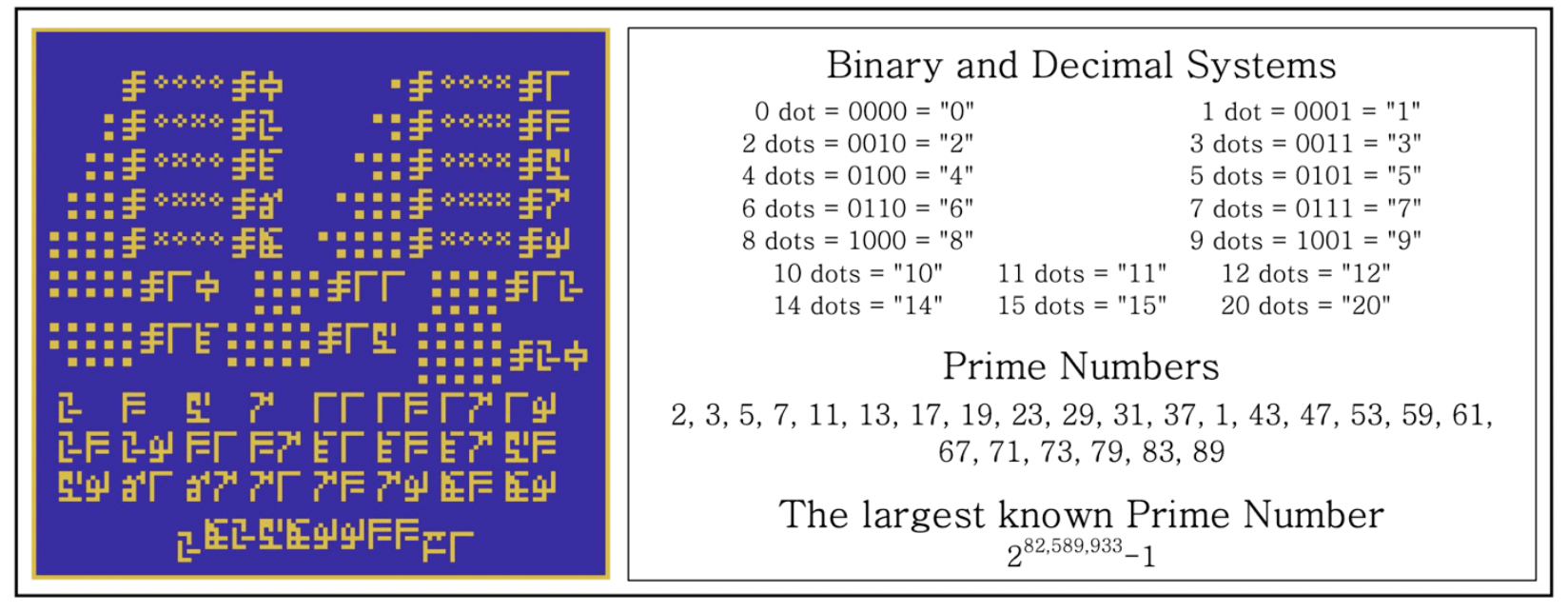
The BITG developers used the original Arecibo formula as a seed from which to build their updated message. But whereas the Arecibo message was like a postcard to the stars, the new missive is a veritable PowerPoint presentation. Indeed, a key goal was to pack in as much relevant information as possible. The obvious challenge was to devise a system of communication in the absence of a common language.
“Though the concept of mathematics in human terms is potentially unrecognizable to ETI [extraterrestrial intelligence], binary is likely universal across all intelligence,” the scientists write. “Binary is the simplest form of mathematics as it involves only two opposing states: zero and one, yes or no, black or white, mass or empty space.”
With binary code chosen, the scientists turned to an inalienable truth about aliens: They live in the same universe as we do and are therefore subject to the same immutable laws. It’s not unreasonable to suppose that aliens have discovered similar things about maths, physics, the basic elements of matter, and so on.
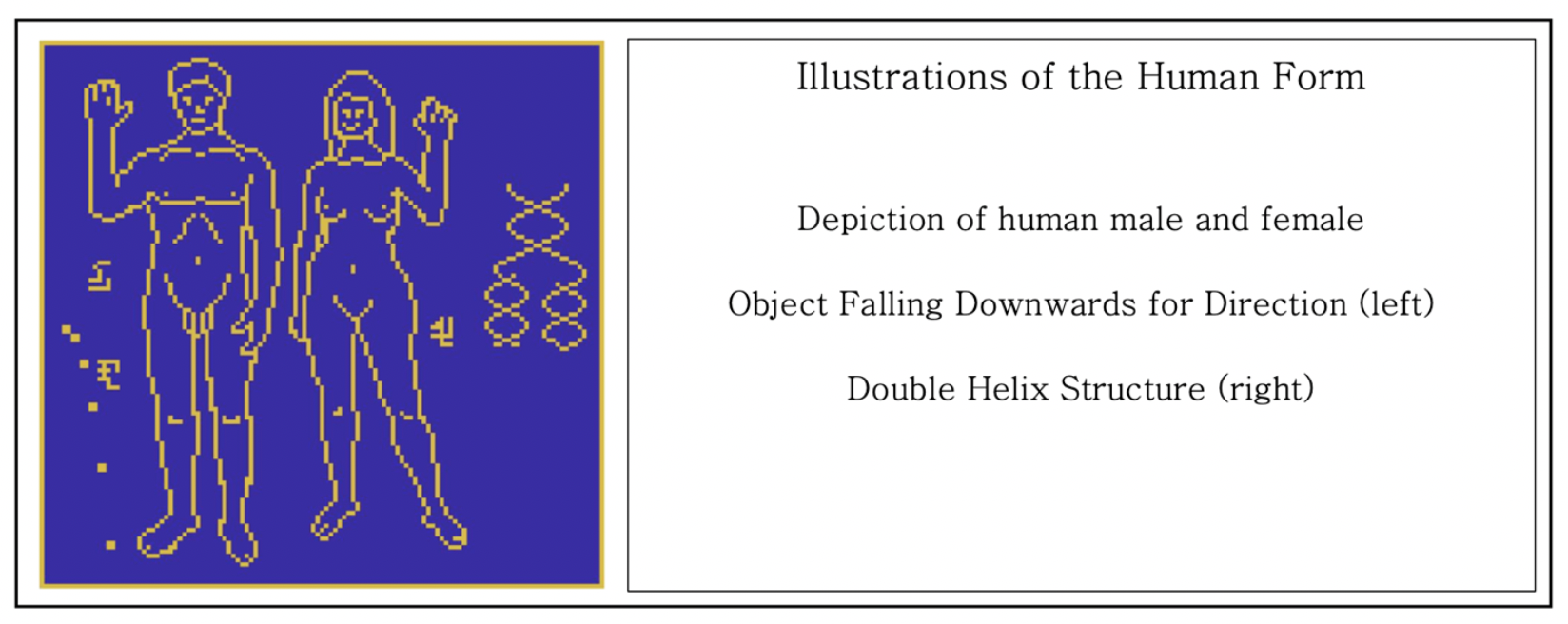
Using this as a foundation for dialogue, Jiang and his colleagues chose to kickstart the message with a stream of prime numbers and a quick lesson in the decimal system. From there, the team conveyed common elements from the periodic table, the structure of DNA, and even a date stamp for the message itself — a feat made possible by using the spin-flip transition of neutral hydrogen. The message also conveys our location in the Milky Way by referencing our position to a prominent group of globular clusters that would likely be known to alien astronomers. An invitation to the aliens to send back a message was also included, as was our preferred radio frequency.
All this info was packed into 13 parts made up of 204,000 bits, or 25,500 bytes. For perspective, you could fit the entire BITG message on an old 5.25-inch floppy disk and still have plenty of room to spare.
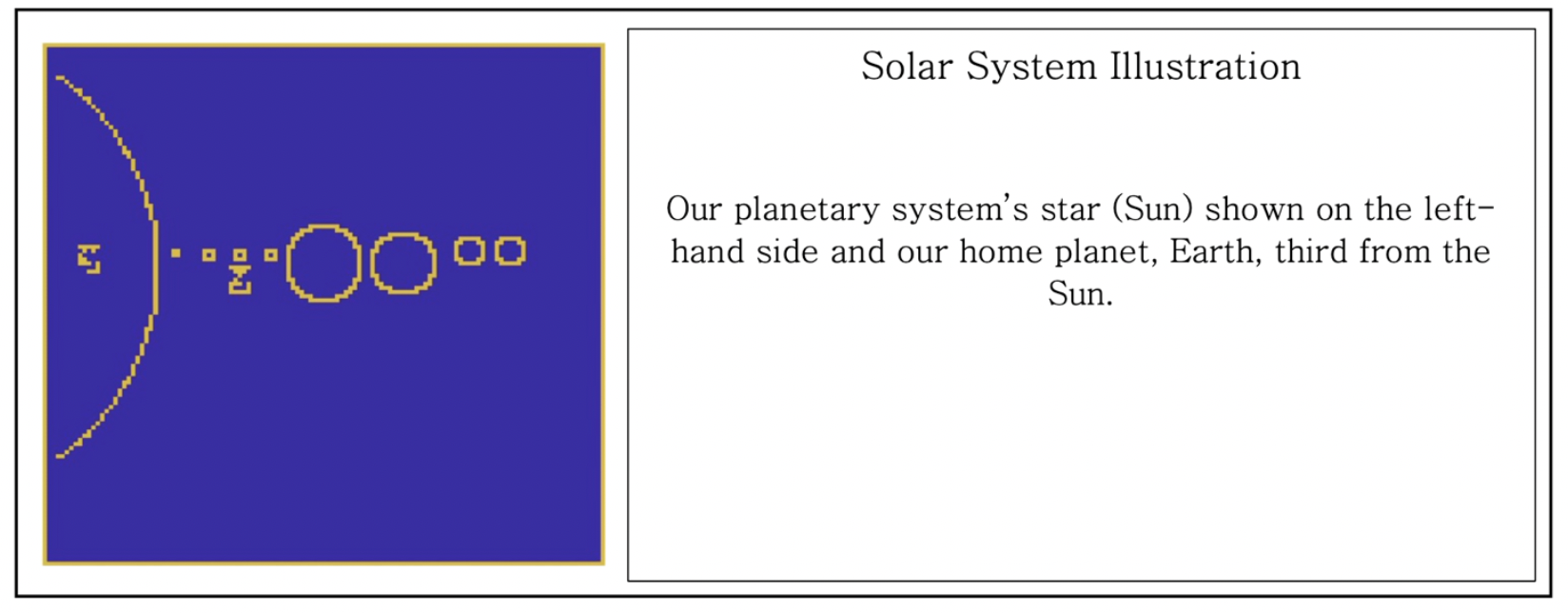
It’s conceivable that the message will be pure gobbledygook to aliens. They may not perceive the strings of ones and zeros as we do, and it’s possible that extraterrestrials, though intelligent, won’t be able to interpret our pictorial representations, whether due to cognitive, perceptual, or even cultural differences.
The team says the chosen radio telescopes in China and northern California will need to be modified to send the message as a beamed radio wave. They add that the best time of year to do so will be between March and October, as the angle of the Earth and Sun will be optimal to reduce interference. The chosen target is a concentric ring located 13,000 light-years from the galactic centre, a location that has recently attracted the attention of SETI scientists.
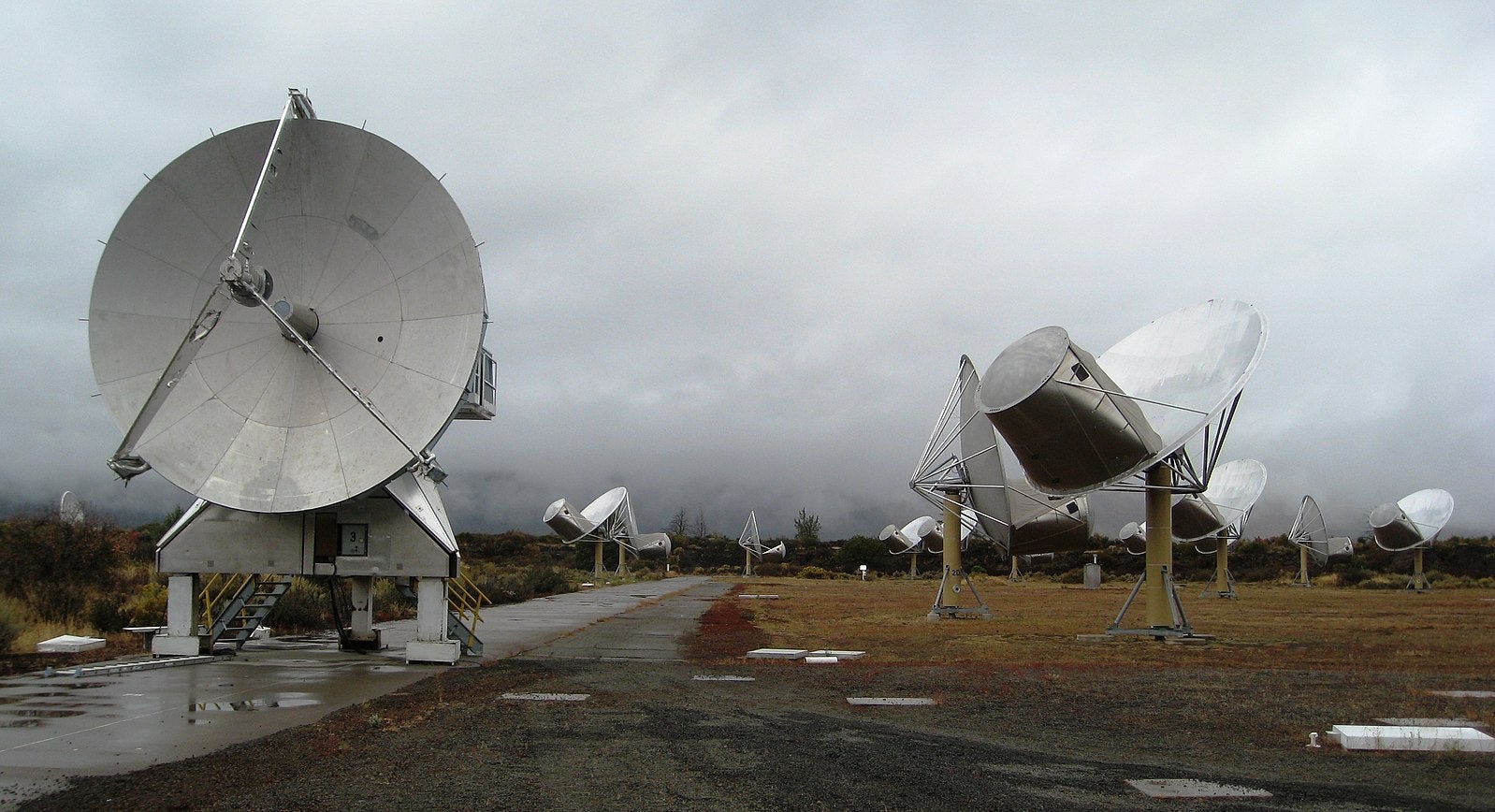
Which brings us to the gigantic elephant in the room: Should we even do such a thing, given the potential risks? We know absolutely nothing about aliens in terms of their behaviour, ethics, and motivations, yet this message would be a deliberate attempt to alert them to our presence. Here’s what the authors of the paper had to say on the subject:
The arguments against the continuation of communication have been explored and stated on the record: would the ETI be peaceful and even if they are, would human nature mean that war with ETI is inevitable, possibly causing the extinction of another sentient race? However, logic suggests a species which has reached sufficient complexity to achieve communication through the cosmos would also very likely have attained high levels of cooperation amongst themselves and thus will know the importance of peace and collaboration.
Here, the authors are guilty of rehashing the old trope that aliens must be benevolent, otherwise they wouldn’t still be around. Fact is, we don’t actually know this to be true. My twisted imagination can devise a host of scenarios in which advanced ETIs continue to exist despite malevolent tendencies, from hibernating berserker probes through to an artificially intelligent singleton on a mission to cleanse the galaxy of any potential threats. ETIs may not be conscious and self-reflective in the way we’d like to believe.
Smartly, Jiang and his colleagues say a public discussion is required, with the goal being “maximally-informed consensus” on the matter. How, exactly, the global community is supposed to reach this consensus is unclear, given the unknowns and the potential for METI to introduce an existential risk. I’m not sure a cost-benefit analysis would pass the sniff test, but I do agree a conversation needs to take place. Detecting aliens, conversing with them, and participating in technological and cultural exchanges could elevate our civilisation and our species to heights not even imagined.
It’s important to point out that human civilisation has been broadcasting, albeit weakly, its presence ever since we first started transmitting radio waves, so the cat’s likely out of the bag — at least within the expanse of space touched by our expanding radio bubble. Personally, I don’t believe a METI signal will ever reach an ETI, as I hold very pessimistic views having to do with the Fermi Paradox and the Great Filter.
That said, I applaud the scientists for devising this new message to aliens, but let’s be sure to have a meaningful conversation before we do something rash. Shouting out loud into the cosmos might not be such a smart idea.
